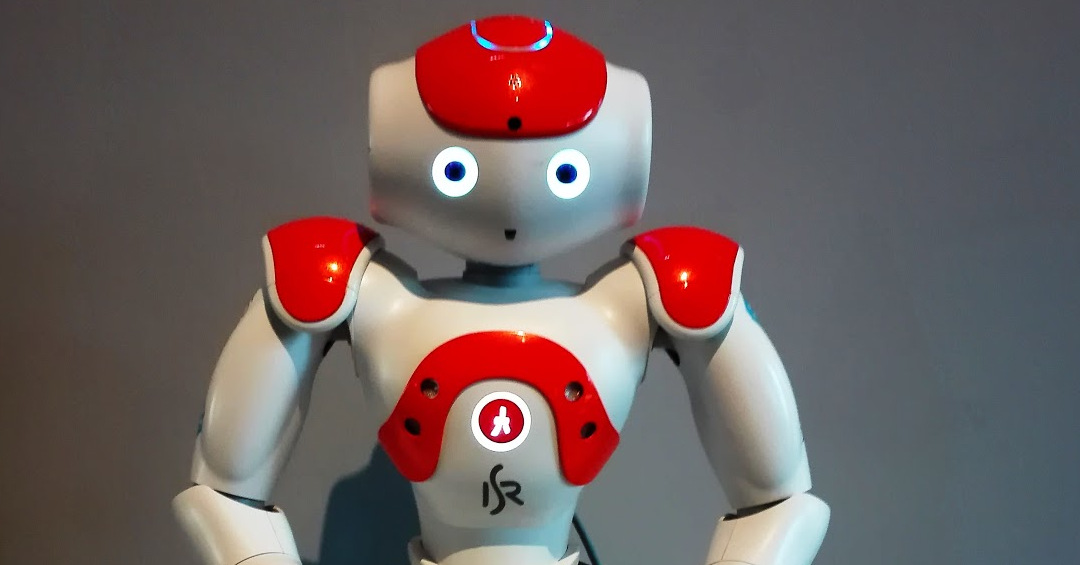
Robotic process automation (or RPA) is an emerging form of business process automation technology based on the notion of metaphorical software robots or artificial intelligence (AI). RPA technology consists of software robots (bots) that can impersonate a human worker. RPA bots can be used in applications to enter data, calculate and complete tasks and then log out. Currently, practitioners divide RPA technologies into three broad categories: robots, knowbots, and chatbots.
RPA is the application technology that allows employees in a company to configure computer software or a "robot" to capture and interpret existing applications for processing a transaction, manipulating the data, triggering responses and communicating with other digital systems. It is an innovative technology which automates structured business processes. RPA works just like one of your employees, interacting with the user interfaces of your existing applications and carried out structured processes automatically.
Robotic Process Automation is the next wave of innovation and technology which will change outsourcing. We already are seeing that technology is improving day by day to become the top automation-enabled service provider in the industry. In time we are likely to see an arms-race for revolution in automation tools leading to new offerings and delivery models. On average companies that are just starting out with RPA prioritize cost savings as the primary business goal and expect their automation initiatives to realize significant double-digit savings.
RPA tools contain strong technical similarities to graphical user interface testing tools. These tools also automate interactions with the GUI (graphical user interface) and often do so by repeating a set of demonstration actions performed by a user.
RPA is a rapid IT project, driven by non - IT staff and also faces higher risks because it demands prerequisites and some key best practices to be followed. Many organizations approach Automation and RPA in a very tactical manner. A strategic approach towards automation is necessary if it has to yield the desired benefits. For a strategic approach to succeed, one should not look at just a department but look at the entire organization.
What Are the Different Types of Robotic Process Automation?
There are four streams of RPA, according to Will cocks. The first type is a "highly customized software" specific to certain processes. The second type is what Will cocks refers to as "screen scraping" which might pull and synthesize data directly to a document on a desktop. The third type is a "self-development kit" where a template is provided and specialist programmers design the robot, usually for a specific organization and its needs. The last is a "scalable and reusable enterprise-safe software."
"You can multi-skill each piece of software" Will cocks notes. "It's lightweight in the sense that you don't need a lot of IT involvement get it up and running. Business-operations people can learn very quickly how to configure and apply robots. It's lightweight also in that it only addresses the presentation layer of information systems. It doesn’t have to address the business logic of the underlying system or the data-access layer."
Applications of RPA:
Some are the top applications of RPA include:
Customer service: RPA help companies to offer better customer service by automating contact center tasks, including verifying e-signatures, uploading scanned documents and verifying the information for automatic approvals or rejections.
Accounting: RPA is used in the Organizations can use RPA for general accounting, operational accounting, transactional reporting, and budgeting.
Financial services: RPA is used in the Companies of financial services industry that can use RPA for foreign exchange payments, automating account openings and closings, managing audit requests and processing insurance claims.
Healthcare: RPA Technology is used in Medical organizations that use RPA for handling patient records, claims, customer support, account management, billing, reporting, and analytics.
Human resources: It can automate HR tasks, including onboarding and offboarding, updating employee information and timesheet submission processes.
Supply chain management: It can be used for procurement, automating order processing and payments, monitoring inventory levels and tracking shipments.
Some Important Benefits of RPA:
Following are some important benefits of Robotic Process Automation (RPA):
- It is used in Enabling better customer service.
- It is used for Ensuring business operations and processes comply with regulations and standards.
- RPA is used for Allowing processes to be completed much more quickly.
- It is used for Providing improved efficiency by digitizing and auditing process data.
- It is used for Creating cost savings for manual and repetitive tasks.
- RPA is used for Enabling employees to be more productive.
- By eliminating human errors such as tiredness or lack of knowledge, RPA reduces the rate of errors thereby providing a lower level of operational risk.
- Using RPA by automating tasks, costs savings of nearly 30% can be achieved over the output of productivity. Software robots also cost less than a full-time employee.
Thus, due to its wide range of application areas and benefits, RPA is expected to grow very rapidly and take over the crucial tasks in every sector.